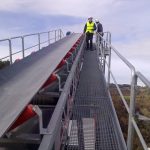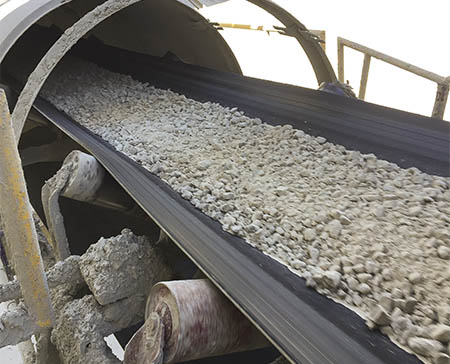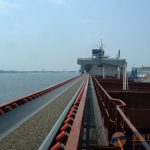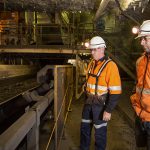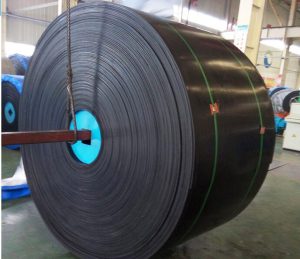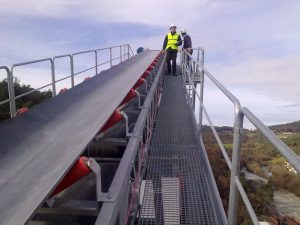The Role of the Tensioning Device of the Small Belt Conveyor
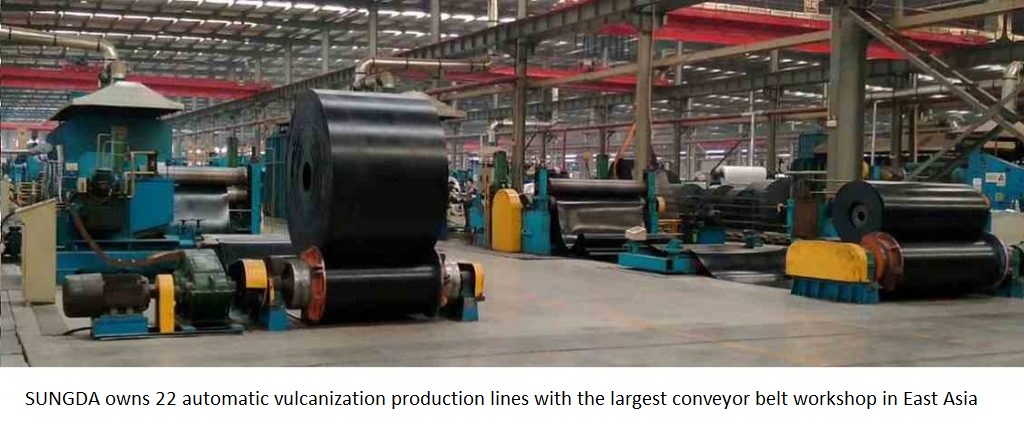
Small belt conveyors are specialized in conveying machinery and equipment for the food materials and pharmaceutical industries. They are composed of a tensioning device, a loading device, tail pulley, an carrying roller, a conveyor belt, a return roller, a conveyor frame, a cleaning device, and a driving device. In the small belt conveyor, the conveyor belt can be both a load-bearing member and a traction member. It not only has a load-bearing capacity, but also has sufficient strength. The conveyor belt is composed of a carcass and a cover. The carcass bears tensile force and the cover layer protects the carcass from damage and corrosion.
The tensioning device of the small belt conveyor can ensure proper loose edge tension at the driving pulley, and prevent the conveyor belt from slipping during the operation of the belt conveyor. Ensure that the conveyor belt has proper tension along the material receiving point of the small belt conveyor and other points. In order to ensure the trough shape formed by the conveying equipment between the rollers, to prevent the material from overflowing from the conveying belt. Compensating for changes in the length of the conveyor belt mainly refers to the elastic elongation of the small belt conveyor. When starting, accelerating or decelerating, the part of the elongation on the conveyor belt due to changes in force or stress is caused by the applied force or After the stress disappears, this elongation can almost disappear completely.
The structural elongation of the tensioning device of the small belt conveyor: most of it is caused by the fabric weaving form rather than the fabric raw material. In ordinary fabrics, when a load is applied, the bent warp threads will be straightened, causing the conveyor belt to elong, and part of the elongation cannot be recovered. The permanent elongation of the belt conveyor also includes the permanent elongation caused by the elongation of the basic fiber structure, as well as the partial structural elongation that cannot be recovered. Compensate the changes in the deflection of each section of the conveyor belt caused by start-up acceleration, braking deceleration or changes in conveying materials. In order to deal with the accident, replace the joint reserve belt instead of using two joints to connect a short piece of belt.
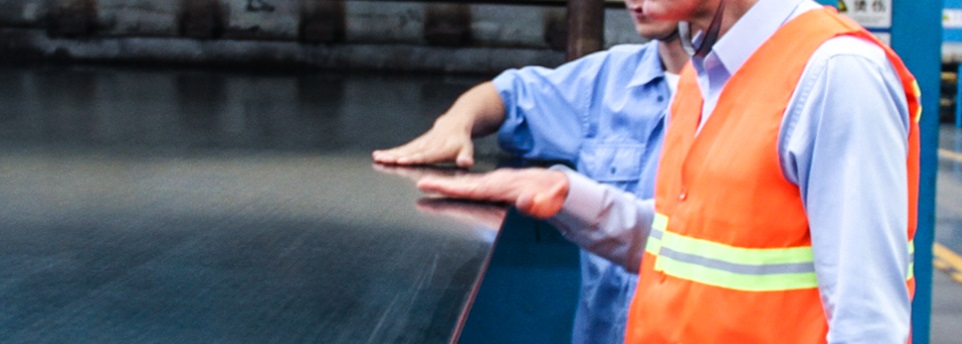
Tags: conveyor belt maintenance

